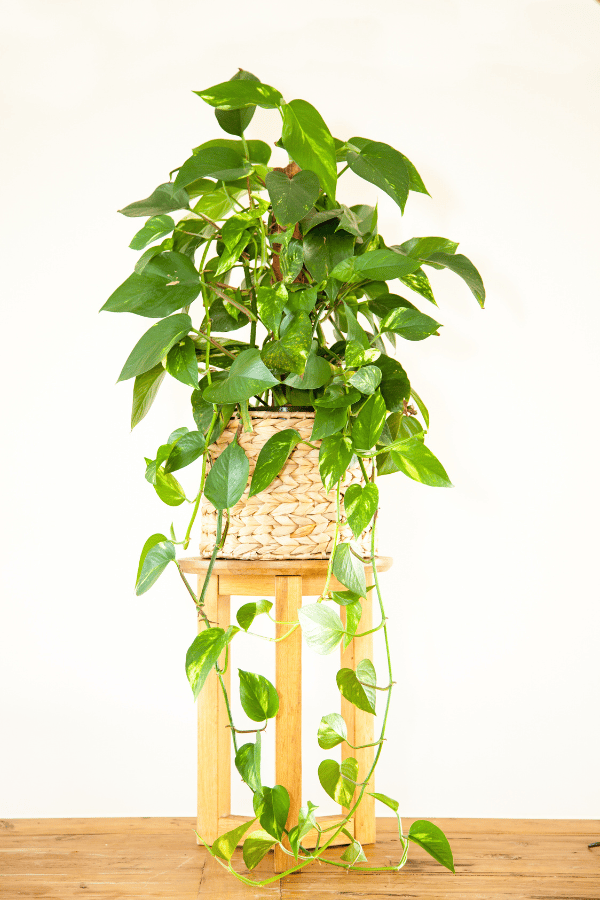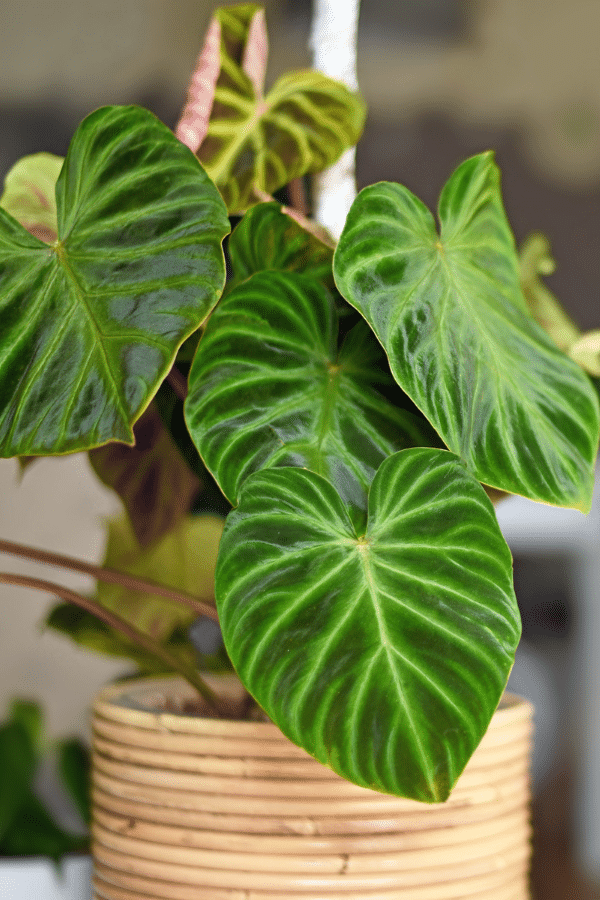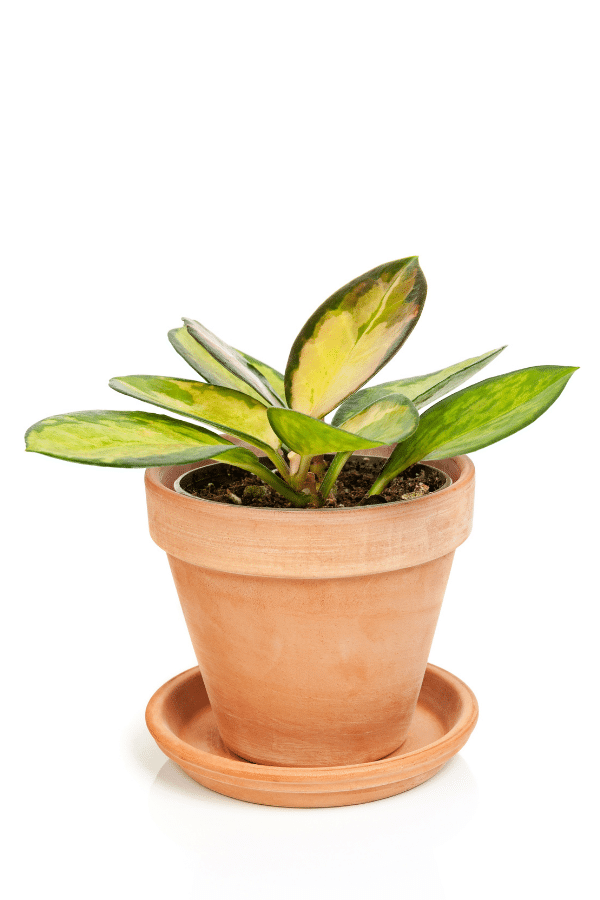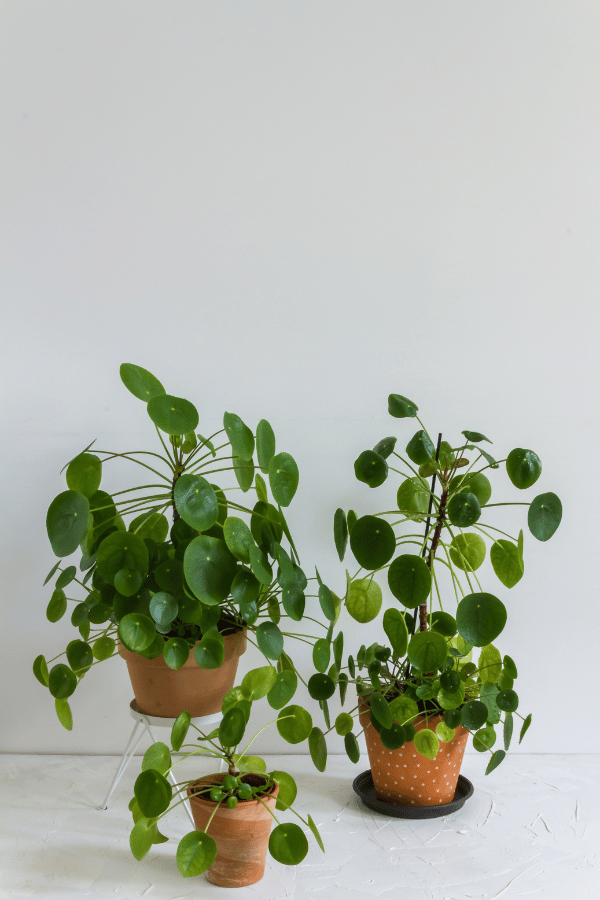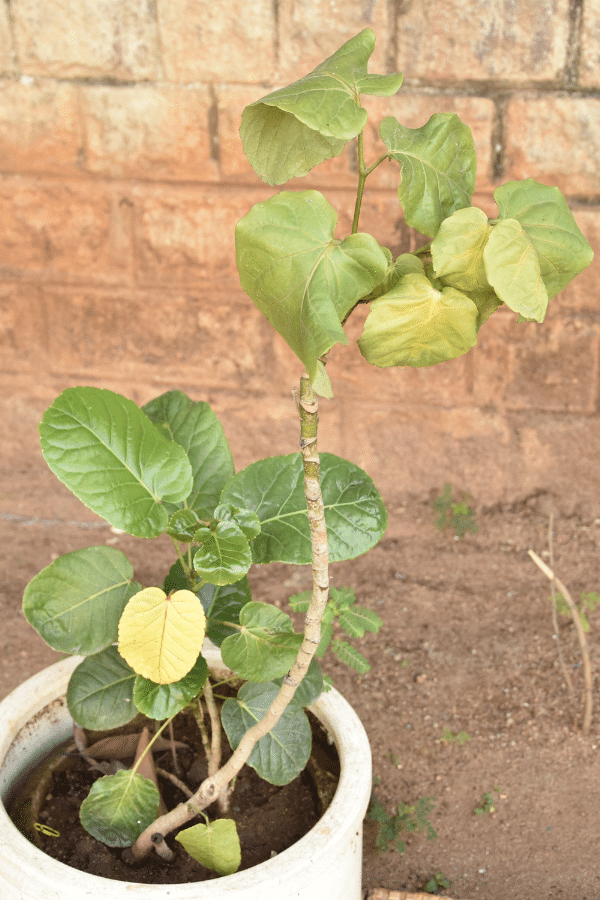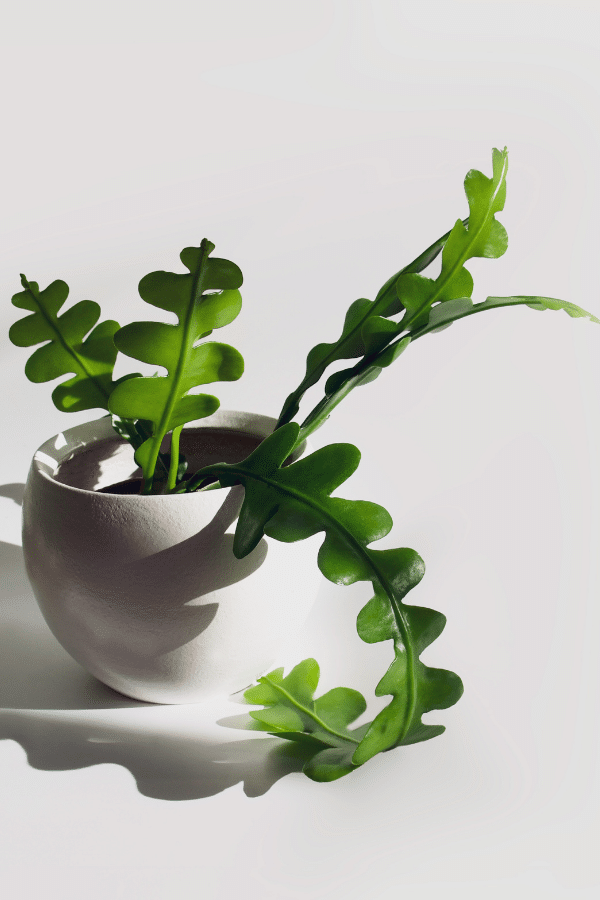Travelers Palm
Scientific Name: Ravenala Madagascariensis
Common Name: Travelers Palm, East-West Palm
Ravenala madagascariensis is a unique houseplant and travelers palm care is a bit different than traditional palms. The travelers palm is a bit more akin to a banana tree or bird of paradise. But its name comes from its unique fan foliage structure that naturally grows in an east-west direction, making it helpful for travelers to know which way they are traveling. Like many other houseplants, this palm has been plucked from its native environment and has been growing in many houses as a tropical flair to their decor.
Quick Care Overview
| Common Name | Travelers Palm, East-West Palm |
| Scientific Name | Ravenala Madagascariensis |
| Family | Strelitziaceae |
| Origin | Madagascar |
| Identification | Long stems with flat fan-shaped leaves |
| Height | 8 feet tall |
| Soil | Slightly acidic loamy soil |
| Water | Keep relatively moist |
| Temperature | 65-85F |
| Sunlight | Bright sunlight |
| Toxic to Cats & Dogs | Yes |
| Toxic to Humans | Yes |
| Pests | Pest resistant |
| Diseases | Disease resistant |
Below we will dive deep into how to care for Travelers Palm.
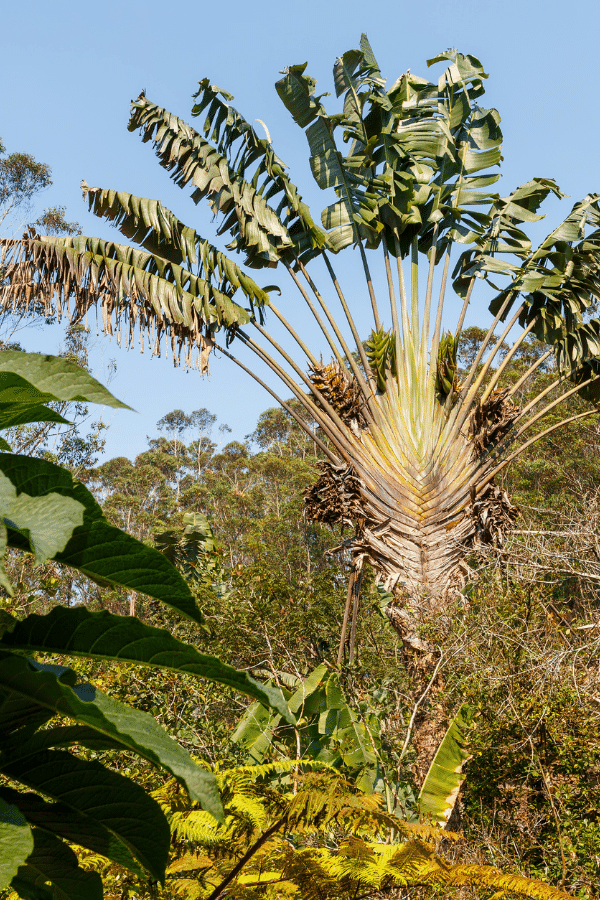
Travelers Palm History
Ravenala Madagascariensis is anecdotally named the traveler’s palm or east-west palm. Its name comes from its unique fan foliage structure that naturally grows in an east-west direction. Native to Madagascar, this tree was historically used to gain a sense of direction, similar to a compass. Additionally, this plant’s leaf bases and bracts collect and store rainwater, making this tree a lovely find for thirsty travelers who could then find up to a half-gallon of fresh water stored within it. Folklore even arose stating that if you stand in front of a traveler’s palm and make a wish it will be granted, making the Traveler’s Palm one lucky find. It has since become one of the most requested indoor tropical plants for homes and offices.
Travelers Palm Identification
This tree may be identified by its long green stems holding flat fan-shaped leaves that can become up to 10 feet long and 2-3 feet wide. Resembling a banana plant, this is a single-trunked tree, but may have many suckers. Leaf stalks have cupped basins that store water.
Travelers Palm Growth Facts
Making a bold, regal statement indoors is easy with this large tropical tree.
How Big Does a Travelers Palm Get?
This tree may reach up to 100 feet tall in its natural environment. Indoors it will become a large tree that can grow up to 8 feet tall.
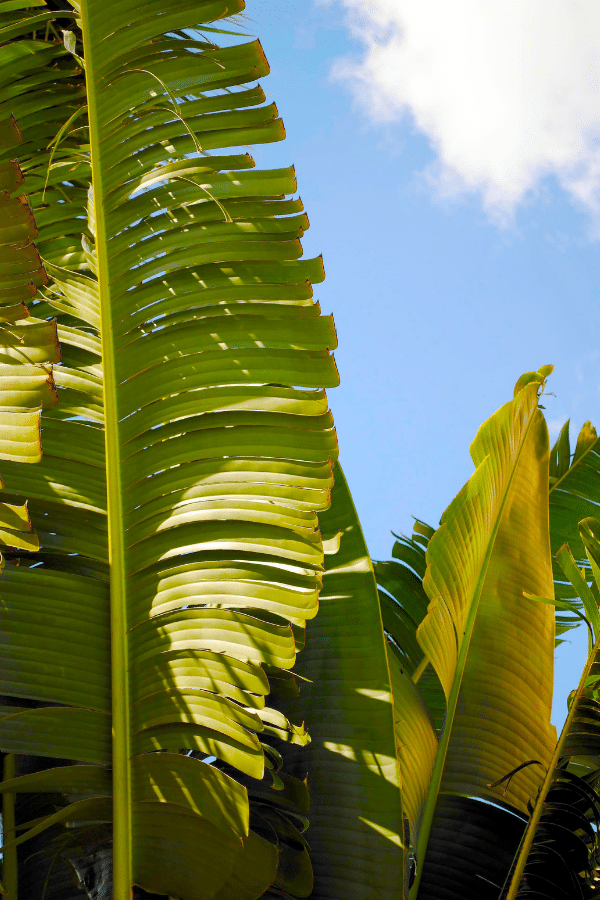
Travelers Palm Care
Travelers Palm care is easy and when grown in optimal conditions, it adds a dramatic appearance to any sunlit room.
Searching for a new houseplant?
Take our houseplant quiz to see what your next plant should be based on the room it’s in, the specific lighting the room receives, if you want it on the floor or on the table, and much more!
Best Soil for Travelers Palm
The Travelers Palm enjoys having slightly acidic loamy soil but will tolerate some sand. An excellent growing medium for Ravenala Madagascariensis is a standard potting mix with additions of organic matter such as compost and additions to aid drainage, such as vermiculite or perlite.
Travelers Palm Fertilizer
Ravenala Madagascariensis will enjoy an application of tropical plant/palm fertilizer that is high in nitrogen once during spring, summer, and fall. Follow all label instructions. Do not fertilize in winter.
Travelers Palm Watering
Having rainforest origins, the Traveler’s Palm enjoys remaining consistently moist. Although this plant requires regular watering, you should allow the top one to two inches of soil to dry out before rewatering and be careful not to overwater. Your container should have ample drainage, and the plant should never be submerged in sitting water in the plant’s tray.
Travelers Palm Light Requirements
This large tree adores the sun and should receive lots of sunlight. A large southern-facing window, sunroom, or greenhouse is the best location for this plant. Traveler’s Palm does not tolerate low light.
Travelers Palm Temperature & Humidity
Ravenala Madagascariensis enjoys high temperatures and should not be allowed to reach temperatures below 60 degrees Fahrenheit, as this will significantly stress the plant. Optimal growing conditions are between 65 to 85F. Being a tropical plant, they enjoy above-average humidity and will enjoy higher levels of humidity, such as from a humidifier, when grown indoors.
Repotting Travelers Palm
This plant should be repotted when roots are seen poking through the drainage holes or every one to two years and always repot your plants in springtime. Select a container that is one to two inches larger than the original container with drainage holes. To repot, place fresh potting soil in the new container, carefully pull the Travelers Palm out of the planter it’s currently in, get rid of the excess soil that is attached to the roots, plant the root ball in the planter, tamp, add more potting soil as needed, and water thoroughly. Note: this tree should be kept in quite a large container to keep it from becoming top heavy and falling over. Alternatively, many individuals choose to transplant outdoors once its size is no longer suitable for indoors if the environment allows.
Travelers Palm Maintenance & Pruning
The Traveler’s tree does not require much pruning. However, root suckers may be removed from the base of the trunk; otherwise, they will make leaves and create a messy appearance. To encourage branching, you may pinch off new growth at the tip, and the stem will branch off into two.

Propagating Travelers Palm
The Traveler’s Palm tree may be easily propagated by division. Simply separate the rooted suckers growing near the base of the trunk by gently tugging and replant. There may be some root entanglement with the mother plant, in which you will need to gently disentangle. Pot the baby plant in moist, well-aerated soil, and ensure that the mother plant is properly covered back up in soil.
Travelers Palm Toxicity
Travelers Palm tree is considered toxic to humans, cats, and dogs. Do not ingest this plant and keep out of reach of children and household pets.
Toxicity to Humans
Ravenala Madagascariensis has historically been considered edible and the fruits, seed oil, and young leaves have been consumed medicinally – although bitter. However, traveler’s palm is considered mildly toxic to humans and should not be consumed in any way, as it may cause digestive upset and other side effects.
Toxicity to Cats & Dogs
Traveler’s Palm is considered mildly toxic to pets and should never be ingested. If you suspect that your pet has consumed any portion of this plant, you should contact your veterinarian.
Travelers Palm Problems
Travelers Palm Leaves Turning Yellow
Leaves of the Traveler’s Palm may often yellow due to lack of nutrients or overwatering. Be sure to let the top one to two inches of soil dry out before watering. Give the palm tree fertilizer once in the spring, summer, and fall to be sure it is receiving the nutrients it needs.
Travelers Palm Leaves Turning Brown
Brown leaves on the Travelers Palm may occur due to overfertilization, overwatering, and poor drainage. Ensure it isn’t receiving too much fertilization or too much water. If you are doing this adequately, look at your plants drainage tray and ensure there isn’t water sitting in there as that can be a reason the leaves turn brown.
Travelers Palm Diseases
Ravenala Madagascariensis is considered to be a disease-resistant indoor plant. However, it may suffer issues from overwatering.
Travelers Palm Pests
Ravenala Madagascariensis is pest-resistant and has no known pest issues. However, like many indoor plants in may become susceptible to infestation. Upon identification of infestation, isolate, and treat with a pesticide, following all label instructions.

